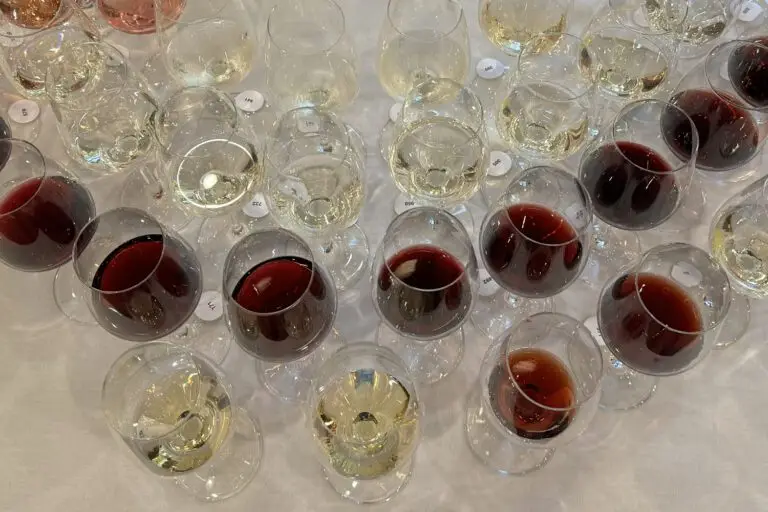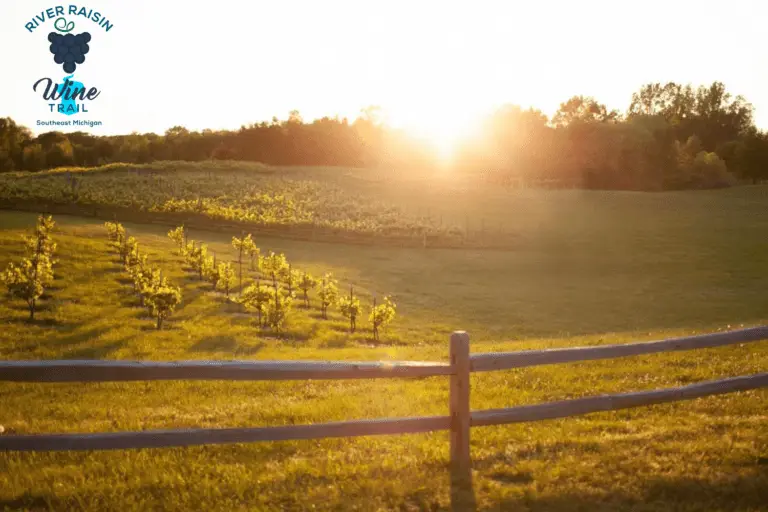By Susan R. Pollack
Wineries are popping up in Michigan almost as fast as Champagne corks on New Year’s Eve.
From 14 in 1991 to 150 today, the number of wineries has ballooned more than tenfold in 27 years. They’re located in every corner of “the mitten” and even farther north in the Upper Peninsula, where cold-hardy hybrids are the grapes of choice.
“We get between five to eight new wineries every year, and it doesn’t seem to be slowing down,” says Karel Bush, executive director of the Michigan Craft Beverage Council.
With five designated American Viticultural Areas (AVAs), numerous wine trails and an annual output of 2.75 million gallons, Michigan ranks eighth in the nation for wine production, Bush says. And the vast majority of those wineries are making wines from Michigan-grown grapes.
Award-winning wines, including Riesling, Chardonnay, Cabernet Franc, Pinot Grigio, Gewurztraminer and Pinot Noir, are served in tasting rooms that in the Traverse City area alone range from a one-room schoolhouse (Peninsula Cellars) to an Old World-style chateau (Brys Estate Vineyard & Winery) to a former mental institution (Left Foot Charley).
Several wineries, including Boathouse Vineyards in Lake Leelanau and Leelanau Cellars in Omena, can be reached by boat, bicycle or car. Hoffman Farms Winery’s tasting room is on the grounds of a horse farm in Highland, north of Detroit, while the aviation-themed Chateau Aeronautique Winery overlooks a grass runway in an airpark near Jackson.
One of the state’s most unexpected new wineries, Detroit Vineyards Winery & Tasting Room, is poised to open this spring in a renovated ice cream factory near downtown Detroit. It helps locals cultivate grapes on neighborhood lots.
Michigan’s best-known wineries are clustered near Traverse City on the Old Mission and Leelanau peninsulas that jut into, and enjoy moderating effects from, Lake Michigan. Situated on or near the grape-friendly 45th parallel (think Italy’s Piedmont, Oregon’s Willamette Valley and France’s Bordeaux), the region offers two major wine trails — one so big it’s divided into three loops.
The trails host festivals and events year-round, including “Divas Uncorked” (June 14) and “Harvest Stompede” (Sept. 7-8). Some of the wineries host yoga in the vineyards or combine tastings with kayaking, biking or cross-country skiing; others offer vineyard wagon rides, concerts and picnics. Find details at wineriesofomp.com and lpwines.com.
Another well-known cluster of wineries, including two of the state’s oldest, is rooted in southwest Michigan. Boasting 19 member wineries and nine additional tasting rooms, the Lake Michigan Shore Wine Trail (miwinetrail.com) brings them all together at the Lake Michigan Shore Wine Fest event called “Wine & Tunes in the Dunes,” to be held June 15 at Warren Dunes State Park in Sawyer. Scattered throughout the region are a dozen more wineries not formally affiliated with the wine trail.
Seven wineries make up the Pioneer Wine Trail (pioneerwinetrail.com) around Adrian, Jackson and Lansing. And two of Michigan’s newer trails boast a dozen wineries each: the Petoskey area’s Bay View Wine Trail (bayviewwinetrail.com) and Thumbs Up Wine Trail (thumbsupmi.com) in southeast Michigan. You’ll find information about other emerging wine trails at www.michigan.org/wine-beer-spirit-trails.
Christopher Cook, an Ann Arbor-based veteran wine writer and competition judge, cites significant improvements in Michigan wines as the industry has matured. He credits the state’s cool climate and soil conditions for producing “far more Euro-style wines” than do most other states.
“Michigan has vastly more variety in both red and whites than it had even five or six years ago. There is something – sweet or dry, red or white – for just about any type of food, and for any type of taste,” Cook says in the “Michigan Wine Country” industry publication.





